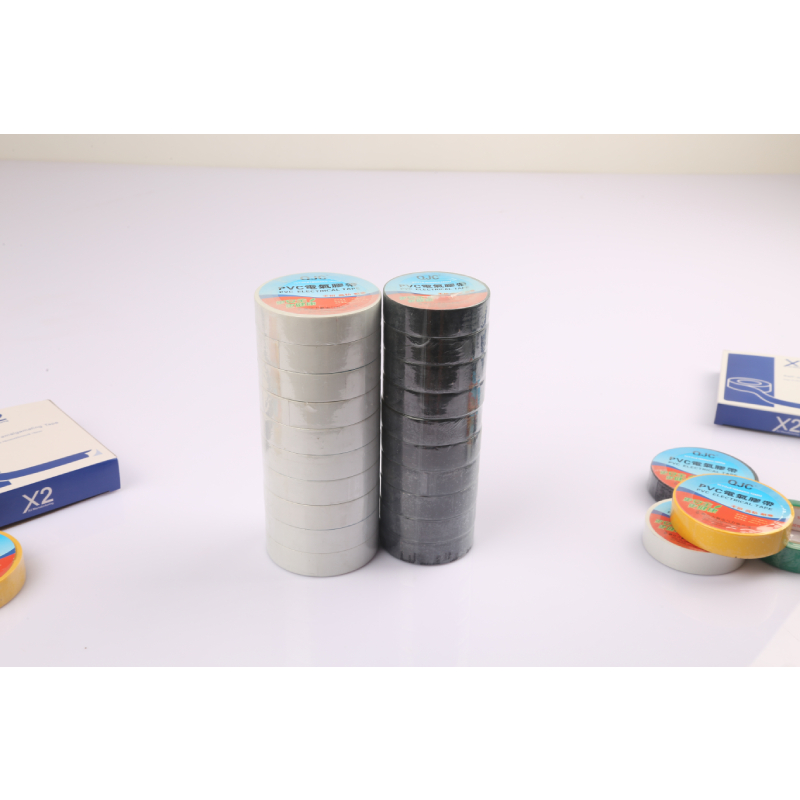High Temperature Electrical Insulation Tape An Essential Tool for Safety and Efficiency
In today’s world, where technology is evolving rapidly, the demand for reliable and efficient electrical components is higher than ever. High temperature electrical insulation tape plays a crucial role in ensuring the safety and performance of electrical systems. This specialized tape is designed to withstand elevated temperatures, making it an essential tool in various applications across multiple industries, including automotive, aerospace, and electronics.
Understanding High Temperature Electrical Insulation Tape
High temperature electrical insulation tape is typically made from materials such as polyimide, silicone, or fiberglass. These materials are chosen for their ability to maintain their insulating properties even under extreme heat, often exceeding 200°C (392°F). Unlike standard electrical tape, which may degrade or lose its insulating qualities when exposed to high temperatures, high temperature insulation tape is engineered to resist melting, burning, or becoming brittle.
Applications
1. Electrical Insulation In electrical circuits, components often generate heat. High temperature electrical insulation tape is used to wrap wires and other electrical components to prevent short circuits and ensure safe operation. This is particularly important in applications where electrical components are located near heat sources, such as motors or transformers.
2. Automotive Industry In vehicles, high temperature tape is essential for insulating wiring and components that are exposed to high heat environments, such as engine compartments. The tape helps protect against electrical failures caused by heat-related damage, ensuring vehicle reliability and safety.
3. Aerospace The aerospace sector demands the highest safety standards. High temperature electrical insulation tape is used in aircraft wiring and other critical systems, where it must endure extreme thermal conditions without compromising performance. This ensures that essential electrical systems function correctly, thereby enhancing overall flight safety.
high temperature electrical insulation tape

4. Electronics Manufacturing In the manufacturing of electronic devices, high temperature tapes are often used in processes that involve soldering or other heat-intensive steps. The tape protects sensitive components from heat damage during these processes, ensuring the longevity and reliability of the finished product.
Benefits of High Temperature Electrical Insulation Tape
- Thermal Stability The primary advantage of high temperature electrical insulation tape is its ability to remain stable under heat. This thermal stability helps in maintaining the integrity of electrical connections and components, reducing the risk of failure.
- Versatility This type of tape can be used in various applications, making it a versatile component in both industrial and consumer settings. It can be found in everything from large-scale manufacturing plants to small electronic devices.
- Ease of Use High temperature electrical insulation tape is easy to handle and apply. It can be cut to size and easily wrapped around components, facilitating quick repairs or modifications in both field and factory scenarios.
- Safety By improving insulation and preventing electrical failures, this tape enhances the overall safety of electrical systems. The risk of short circuits, fires, or equipment failure is significantly reduced, providing peace of mind for engineers and users alike.
Conclusion
High temperature electrical insulation tape is an indispensable component in the modern electrical landscape. Its ability to withstand extreme heat while providing effective insulation makes it crucial for a wide range of applications. As technology continues to advance, the importance of reliable electrical insulation will only grow, and high temperature electrical insulation tape will remain at the forefront of ensuring safety and efficiency in electrical systems. Whether for industrial applications or everyday electronics, this specialized tape is a small yet vital tool that contributes significantly to both performance and safety standards.
-
XIANGFAN Rubber Tape-Ultimate Solutions for All Your Insulation NeedsNewsJun.24,2025
-
XIANGFAN Rubber Tape-Protection for Industrial and Residential ApplicationsNewsJun.24,2025
-
XIANGFAN Rubber Tape: Superior Safety and Sealing for Demanding EnvironmentsNewsJun.24,2025
-
XIANGFAN Rubber Tape: Reliable Solutions for Every Electrical ChallengeNewsJun.24,2025
-
XIANGFAN Electrical & Industrial Tape: Powering Reliability Across IndustriesNewsJun.24,2025
-
XIANGFAN Electrical & Industrial Tape: Excellence in Every ApplicationNewsJun.24,2025
